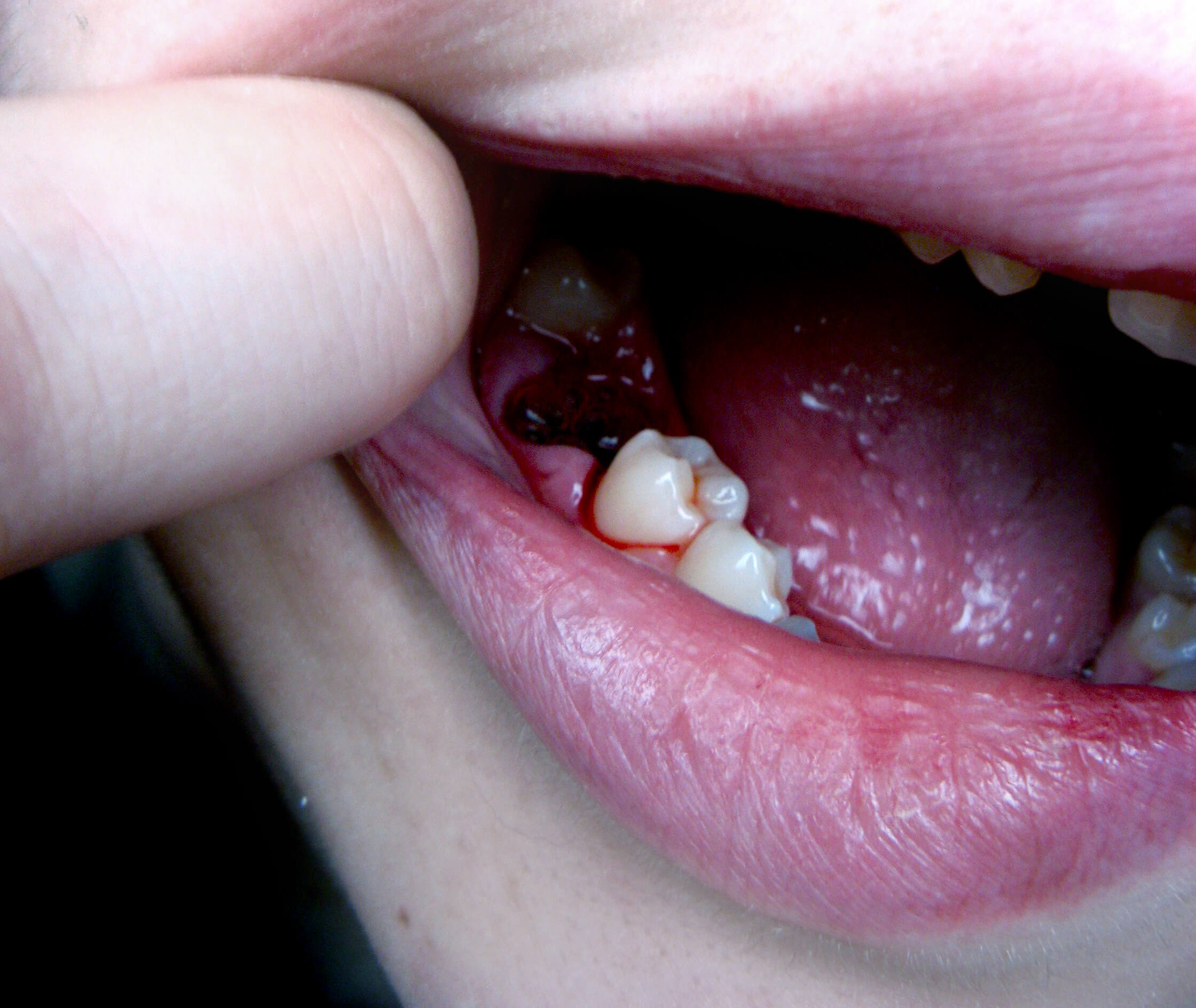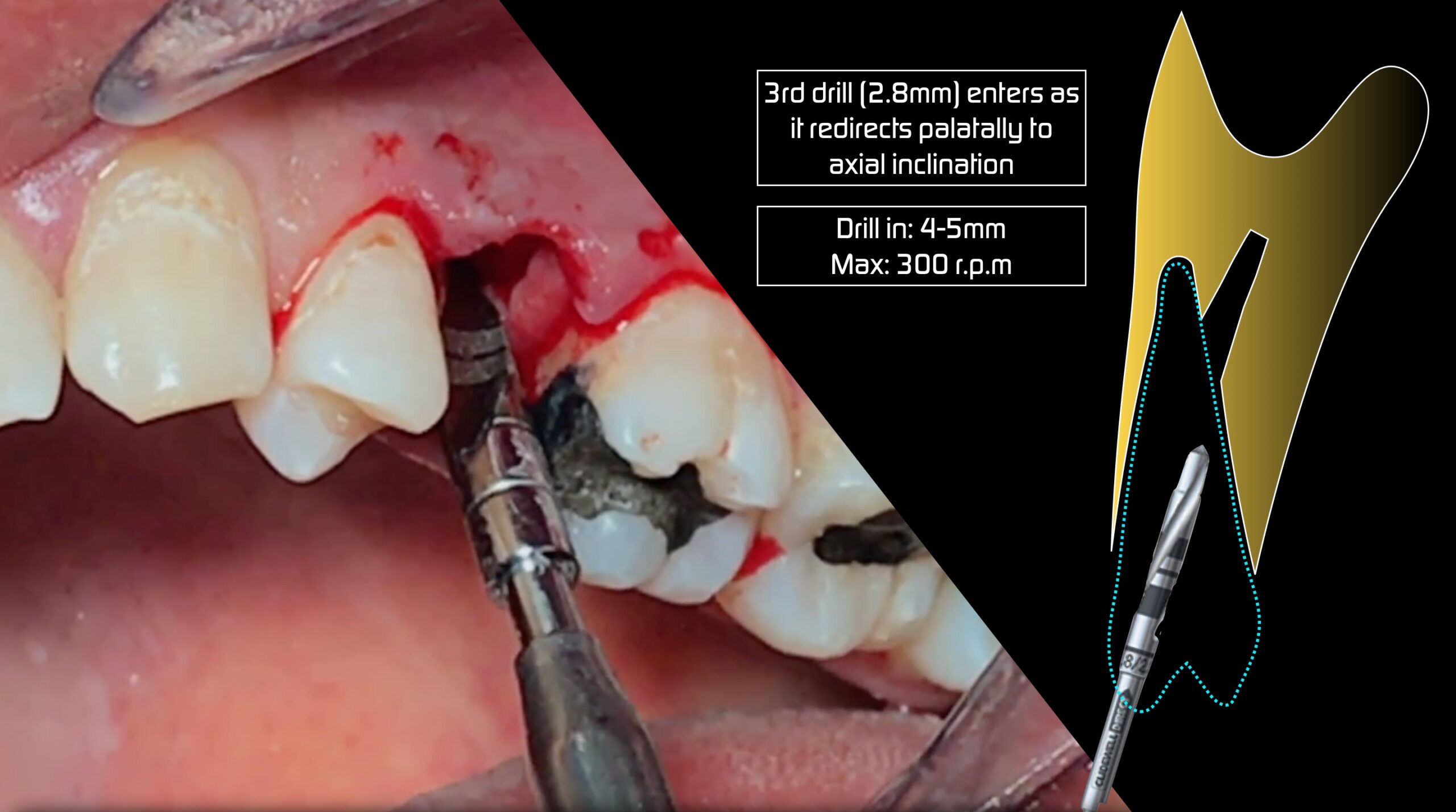

Tooth grinding and jaw clenching (a.k.a bruxism) puts a tremendous amount of force on the teeth. In some cases, teeth move dramatically in their mouth over the course of their pregnancy. In addition to a painful back, swollen ankles, and “morning” sickness that lasts all day, some pregnant women find their teeth becoming loose in their gums. While this type of teeth shifting may not be painful, it can progress rapidly, causing even more issues as teeth migrate. Soft gums can also allow movement in the mouth. Your perfectly aligned teeth may start to move back to their former positions, opening gaps and causing dental chaos in just a short period of time. Maybe it falls behind the nightstand, and they forget about it all together. Then they start to forget to pop it in at night every now and then. The braces come off and the patient wears their retainer consistently for a month or so. You’ll want to work with a highly-skilled dentist to reduce the chances of this occurring. After extractionīlame it on our caveman days, but once a tooth is removed, the others will rush in to fill the gap. Here are the other six most common causes of teeth shifting. Age is not the only cause of teeth shifting. Our bones are not as strong and begin to allow movement. Do our teeth shift with age?Īdd it to the list of the potential indignities that come with age, but teeth shifting is very common as we get older. In short, teeth shifting should not be left untreated. This can mean loss of gum tissue and bone in the jaw, which can lead to periodontal disease in the future. If teeth shift into the space where a tooth is lost, it may not be possible to replace the lost tooth with an implant. Overcrowded teeth are difficult to keep clean with brushing and flossing.

Teeth shifting pain can occur as teeth overlap. Today, teeth shifting in adults can cause other concerns and should be addressed as soon as it becomes apparent. Of course, it’s no longer the pre-historic times and this teeth shifting can be an issue. With a life expectancy of only 40 years, teeth shifting did not cause any other real issues but allowed humans to continue to use their teeth for a lifetime. This shifting served our pre-historic ancestors well. When humans in that era lost teeth due to decay, wear, or accident, their teeth naturally shifted to fill in the gaps. This may be a carryover from pre-historic times.

The most common shift is towards the front and center of the mouth. Teeth shifting (also known as mesial drift) is a common phenomenon that occurs in even the healthiest of teeth. Teeth shifting is a thing, and there are many reasons why it happens. Or you have always had perfectly even teeth but notice that something looks different. You paid for years of (sometimes uncomfortable) braces or Invisalign, and one morning you wake up to see a change in your teeth.


 0 kommentar(er)
0 kommentar(er)
